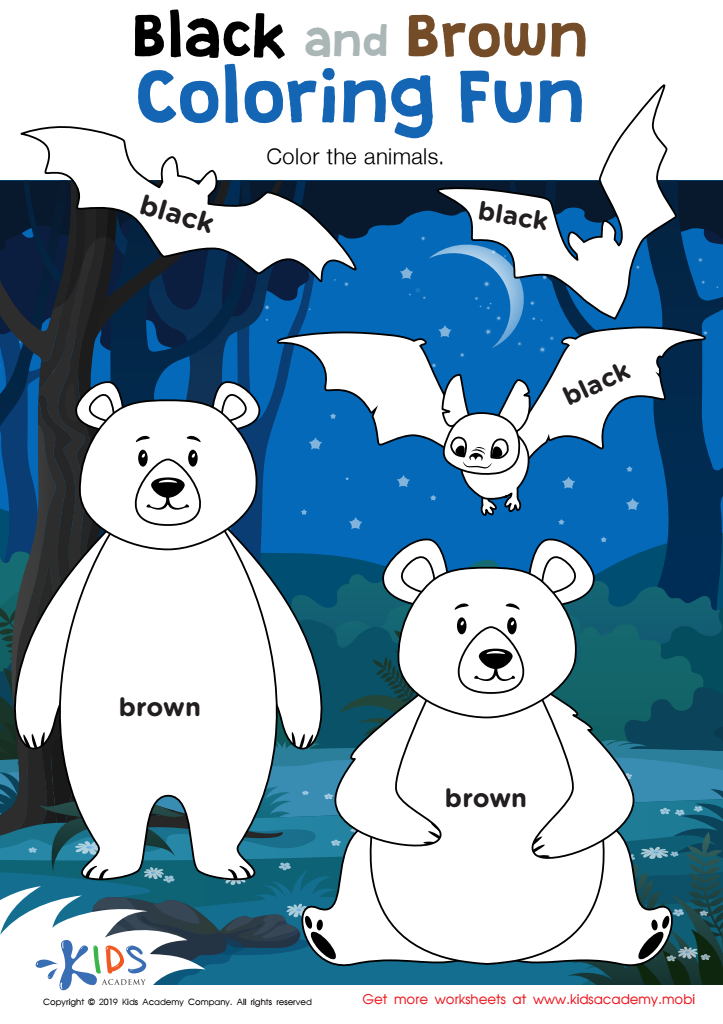Color Words Worksheets for Ages 4-7
14 filtered results
-
From - To
Explore our engaging collection of Color Words Worksheets designed specifically for children ages 4-7! Ideal for early learners and ESL students, these resources help young minds recognize and understand color vocabulary through fun activities. Each worksheet features colorful drawings, straightforward prompts, and creative exercises to foster learning while keeping your child entertained. Whether practicing color identification, matching words to images, or completing simple sentences, these worksheets encourage language development and cognitive skills. Download our interactive printables today to make learning colors a delightful experience your little ones will love. Let the rainbow of knowledge begin!


Red and Blue Coloring Fun Worksheet


Yellow and Green Coloring Fun Worksheet


Yellow Tracing Color Words Worksheet


Black and Brown Coloring Fun Worksheet


Pink Tracing Color Words Worksheet


Red Tracing Color Words Printable


Colors: Assessment 2 Worksheet


Purple and Orange Coloring Fun Worksheet


Colors: Assessment 1 Worksheet


Green Tracing Color Words Worksheet


Purple Tracing Color Words Worksheet


Blue Tracing Color Words Printable


Brown Tracing Color Words Worksheet


Black Tracing Color Words Printable
Color words are fundamental components of early literacy and cognitive development for children aged 4-7. Understanding and using color words enhances vocabulary, fosters creativity, and promotes critical thinking skills. When children learn color words, they not only learn to identify and name colors but also begin to categorize and compare objects in their environment, which is essential for cognitive skills.
For parents and teachers, focusing on color words provides numerous interactive learning opportunities. Activities like sorting colored objects, engaging in art projects, or using color-themed books can make learning dynamic and enjoyable. This engagement lays a foundation for language acquisition and encourages expressive communication; children learn to describe their surroundings and express their thoughts more vividly.
Additionally, color words are connected to social and emotional development. They can help children express their feelings—associating emotions with colors (e.g., feeling blue). By nurturing this aspect of their literacy, adults can foster a deeper understanding of emotional expression in young learners.
In summary, prioritizing color words from ages 4-7 is invaluable, as it supports language development, critical thinking, creativity, and emotional expression, equipping children with essential skills for future success.
 Assign to My Students
Assign to My Students










